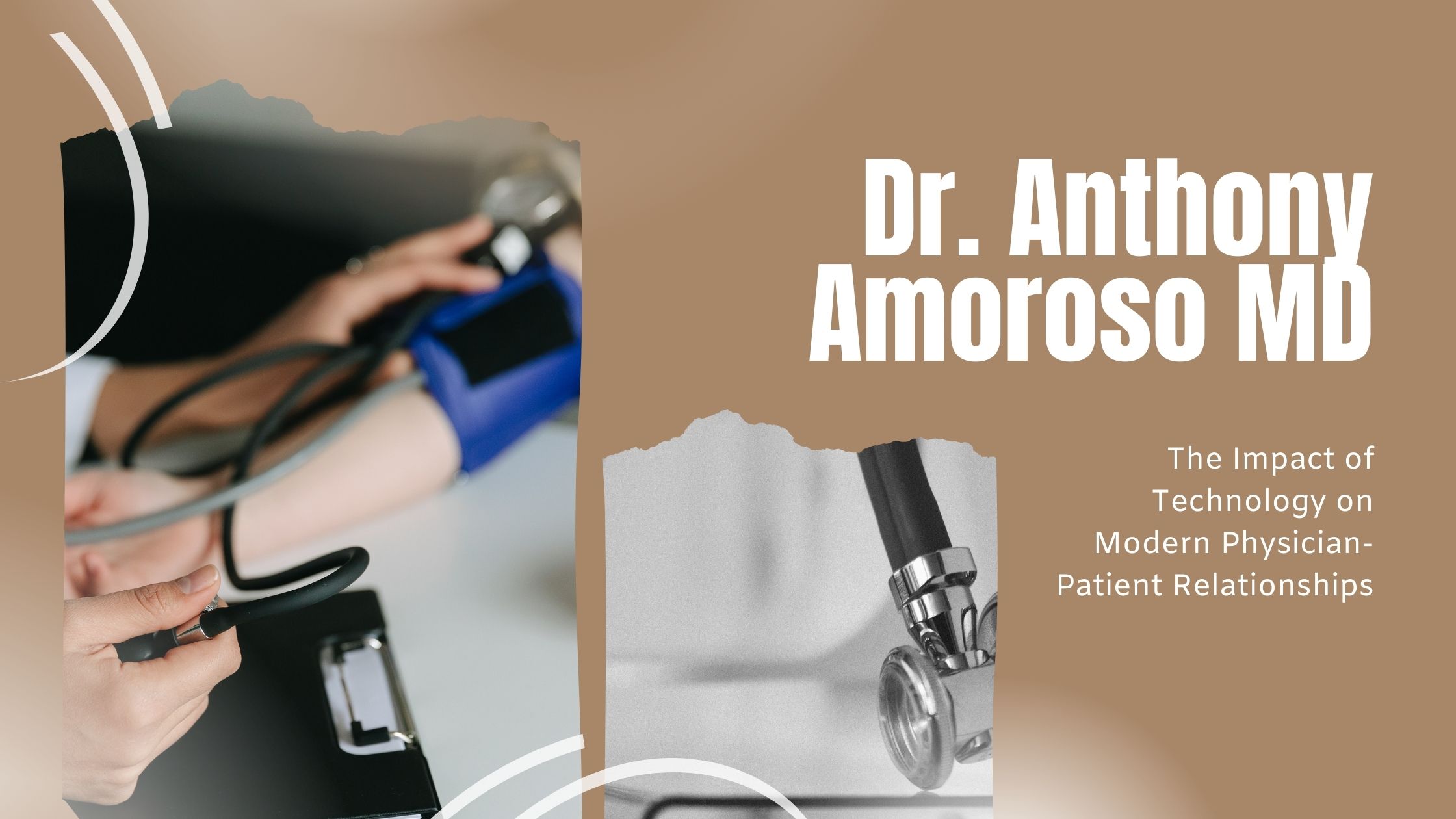Anthony Amoroso MD - What Are The Physician Assistant Requirements
Becoming a physician assistant is a wise decision because the field is expected to grow and the individual, referred to as a PA, can expect an attractive salary. PA requirements include education, clinical practice, licensure, continuing education, and recertification. The PA is a higher-level occupation than the medical assistant, so the requirements are more numerous.
In terms of education, physician assistant requirements
entail completion of one of the accredited U.S. physician assistant programs.
This educational program includes traditional classroom instruction as well as
related work within a laboratory. The courses focus on sciences like human
anatomy, physiology, and biochemistry in addition to subjects such as physical
diagnosis and clinical medicine. The student is also required to engage in
rotating clinical practice within areas like family medicine, surgery, internal
medicine, and pediatrics.
There is also a licensing component to the PA requirements.
When the individual has completed the educational program, he or she may sit
for the national certification exam. Once the person has passed the exam, the
certified PA designation may be used. When they become certified, PAs may work
in physician assistant jobs in doctor offices, hospitals, or healthcare
clinics. Many PAs choose to hold multiple jobs simultaneously, working for both
a clinic and a doctor office.
The requirements continue after certification has been
obtained. The individual must engage in continuing medical education,
completing at least 100 hours every two years. A recertification exam must be
taken and passed every six years or the individual must complete an alternative
program that consists of learning experiences combined with an at-home exam.
Continuing education and recertification ensure that PAs keep their skills and
knowledge updated, since things are constantly changing within the medical
field.
PAs who wish to advance their education and specialize in a certain
area must fulfill additional physician assistant requirements. Common areas of
specialization include emergency medicine, rural primary care, surgery,
internal medicine, pediatrics, occupational medicine, and neonatology. To
pursue a postgraduate educational program in one of these areas, the individual
must have graduated from an accredited PA program and be a certified PA.
Physician assistant requirements ensure the PAs are able to
serve as the principal care provider in a clinic, should the situation arise.
Though the PA is always supervised by a doctor, in some inner city or rural
clinics, the doctor may only visit the facility once or twice per week. The
main responsibility for care falls on the PA, who must consult with the doctor
or another medical professional as necessary. PAs may even make house calls or
visit nursing facilities or hospitals to assess and report patient status to
the doctor.
The PA serves as the assistant to the doctor and as such,
physician assistant requirements are many and ongoing. They pertain to the
educational program, clinical work, certification, and recertification as well
as ongoing medical education. The best PAs make continuous learning a part of
their lifestyles, allowing them to get ahead in the field.




Comments
Post a Comment